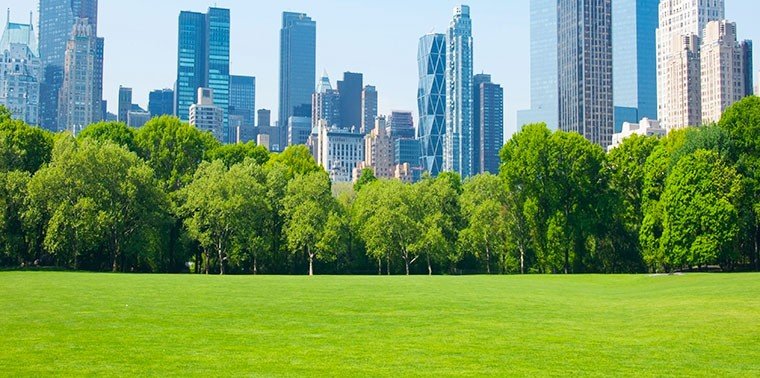As cities around the world continue to grow and urbanize, the importance of green spaces has become increasingly evident. Urban nature—parks, gardens, green roofs, and other natural environments—plays a vital role in enhancing the quality of life for city dwellers. This article explores the numerous benefits of green spaces in urban settings, including their impact on health, biodiversity, and social cohesion.
1. Health Benefits
Green spaces in urban areas offer a myriad of health benefits:
- Physical Health: Access to parks and recreational areas encourages physical activity. Studies have shown that individuals living near green spaces are more likely to engage in exercise, reducing the risk of obesity, heart disease, and other health issues.
- Mental Well-Being: Nature has a calming effect on the mind. Research indicates that spending time in green spaces can reduce stress, anxiety, and depression. Urban nature provides a refuge from the hustle and bustle of city life, offering a peaceful environment for relaxation and reflection.
- Air Quality Improvement: Plants and trees play a critical role in improving air quality by absorbing carbon dioxide and filtering pollutants. Green spaces can help mitigate the urban heat island effect, reducing temperatures and improving overall air quality.
2. Biodiversity Enhancement
Urban areas often struggle with biodiversity loss, but green spaces can help counteract this trend:
- Habitat Creation: Parks and gardens provide essential habitats for various species, including birds, insects, and small mammals. This diversity contributes to healthier ecosystems and can enhance pollination and pest control in urban agriculture.
- Corridors for Wildlife: Green spaces can act as ecological corridors, allowing wildlife to move between fragmented habitats. This connectivity is vital for maintaining healthy populations and genetic diversity.
3. Social Cohesion
Green spaces serve as communal areas that foster social interactions and community bonds:
- Community Gathering Spaces: Parks and gardens provide venues for social gatherings, events, and recreational activities, promoting a sense of community and belonging.
- Cultural Identity: Urban green spaces often reflect the cultural heritage of a city, hosting festivals, art installations, and public performances that celebrate local traditions and diversity.
- Inclusivity: Well-designed green spaces can be accessible to people of all ages and abilities, promoting inclusivity and encouraging participation from diverse community members.
4. Economic Benefits
Investing in urban green spaces can yield significant economic returns:
- Increased Property Values: Proximity to parks and green areas often increases property values, making neighborhoods more desirable for potential buyers.
- Tourism and Local Business Support: Well-maintained green spaces can attract tourists and boost local businesses, creating job opportunities and stimulating the economy.
- Cost Savings: Green spaces can reduce the need for costly infrastructure investments, such as stormwater management systems, by improving natural drainage and reducing runoff.
5. Climate Resilience
Green spaces play a crucial role in enhancing a city’s resilience to climate change:
- Stormwater Management: Urban greenery can absorb rainwater, reducing the risk of flooding and minimizing the burden on drainage systems during heavy storms.
- Temperature Regulation: Trees and vegetation provide shade and release moisture into the air, helping to cool urban environments and mitigate the urban heat island effect.
- Carbon Sequestration: Urban forests and green areas absorb carbon dioxide, contributing to climate change mitigation efforts and improving overall air quality.
6. Challenges and Solutions
Despite their benefits, urban green spaces face challenges such as limited space, funding, and maintenance. However, innovative solutions can help maximize their impact:
- Vertical Gardens and Green Roofs: These approaches utilize limited urban space to create green areas that can support biodiversity and improve air quality.
- Community Involvement: Engaging local residents in the planning, planting, and maintenance of green spaces fosters a sense of ownership and stewardship.
- Policy Support: Advocating for policies that prioritize green infrastructure in urban planning can help ensure the long-term sustainability of urban nature.
Conclusion
Green spaces are essential components of urban environments, offering a wide range of benefits that enhance the quality of life for city residents. From improving health and well-being to supporting biodiversity and economic growth, the importance of urban nature cannot be overstated. As cities continue to evolve, prioritizing the integration of green spaces into urban planning will be crucial for creating sustainable, resilient, and vibrant communities. By investing in urban nature, we can cultivate healthier, happier, and more connected cities for generations to come.

